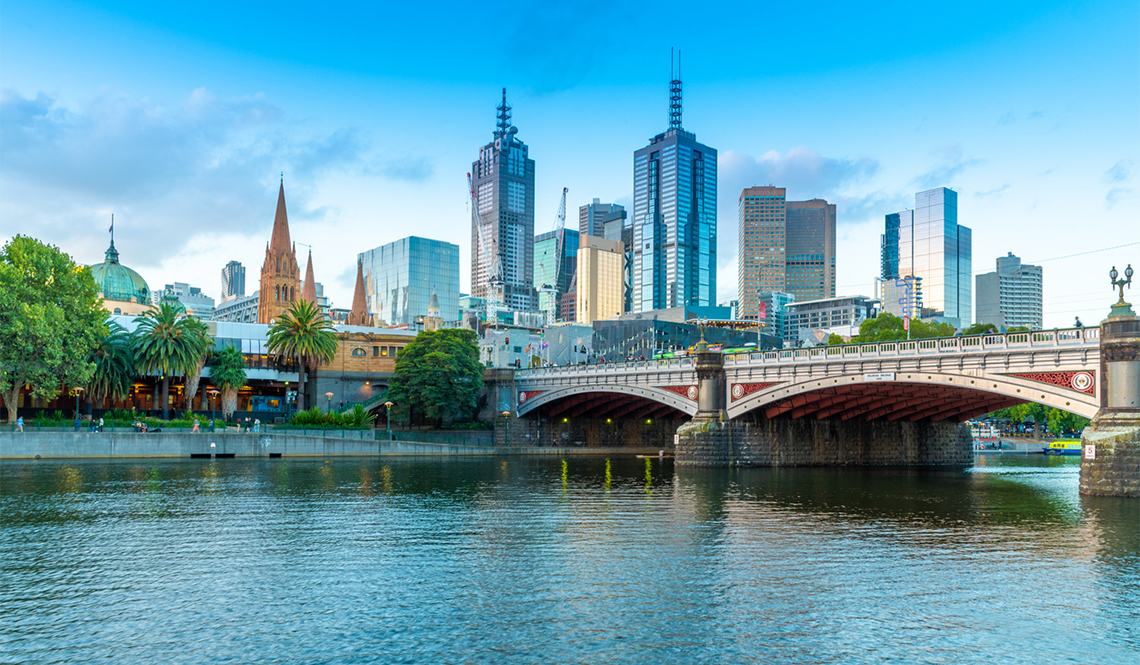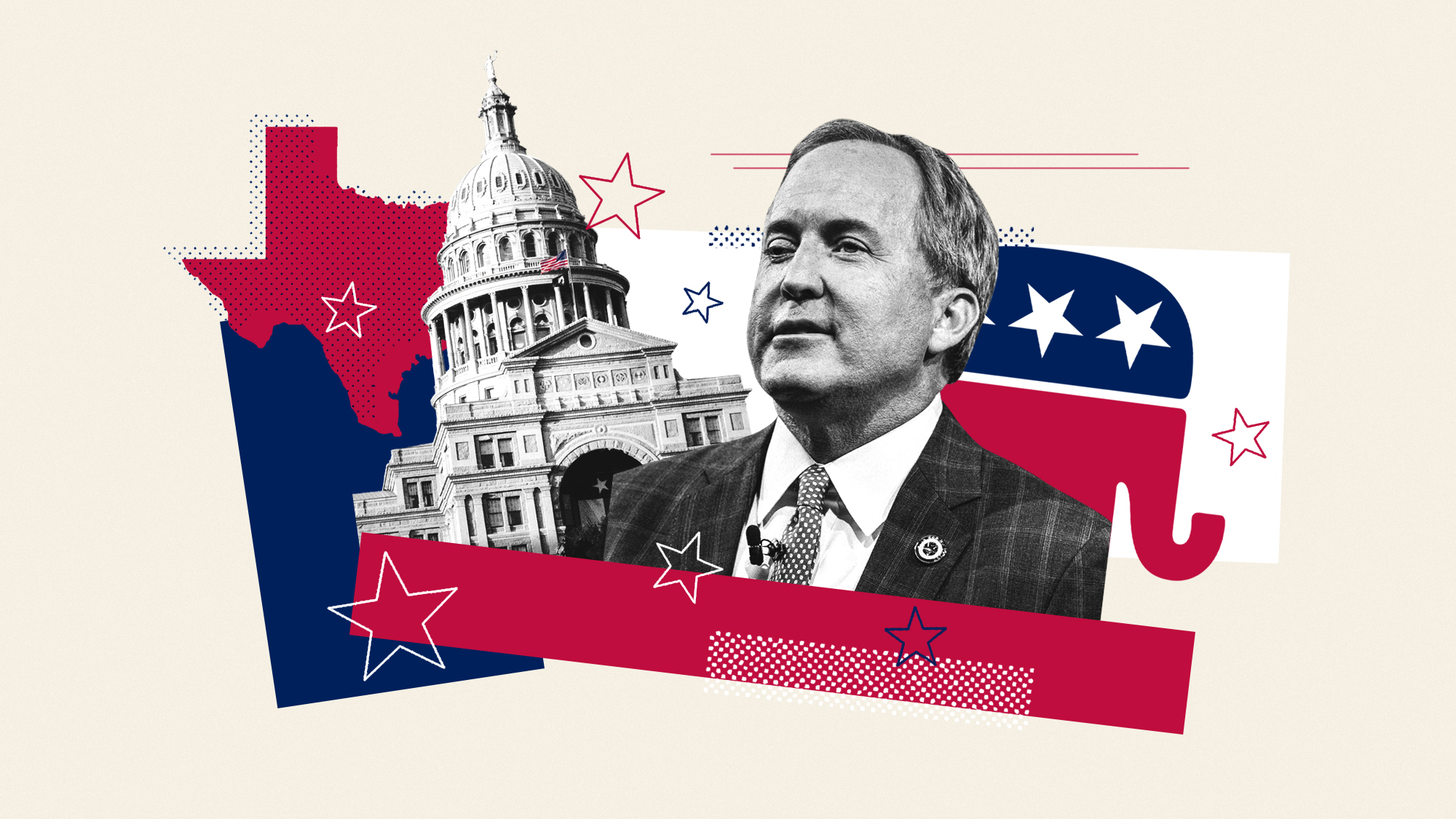
- Select a language for the TTS:
- UK English Female
- UK English Male
- US English Female
- US English Male
- Australian Female
- Australian Male
- Language selected: (auto detect) - EN
Play all audios:
8 LIVABLE LESSONS FROM DOWN UNDER 1. DESIGN STREETS FOR PEOPLE More than 200 acres of roadways and other underused infrastructure in the central business district have been converted into
sidewalk space and plazas, Rob Adams, Melbourne’s longtime director of city design, tells the _Sydney Morning Herald_. Didn’t that spark a backlash from motorists? No, he says, because it
was done incrementally over 35 years. Today, two-thirds of all trips in central Melbourne are made on foot. 2. MAKE THE DOWNTOWN AN ATTRACTIVE PLACE TO LIVE Barely 1,000 people lived in the
central business district in the 1980s. By 2002, the population surged to 10,000 and now stands around 135,000. Easing zoning restrictions for apartments in historic buildings — and
attracting students (who now comprise 40 percent of the area’s residents) — got the ball rolling. Continuing livability improvements entice more folks to move in. 3. INSTILL A SPIRITED
PUBLIC LIFE Only two sidewalk cafés could be found downtown in 1985. By 2019 there were more than 500 sidewalk cafés animating the city’s street life. Described for decades as an "empty
doughnut hole," the central business district has become Melbourne’s sweet center with 1,200 restaurants, 60-something pubs, more than 50 nightclubs and numerous sports and
entertainment attractions. 4. ACTIVATE ALLEYS Dozens of alleys — once viewed as sketchy places populated chiefly by trash dumpsters and delivery vans — have morphed into popular hangouts.
Some resemble outdoor art galleries, food courts or artisan quarters. (An alley near Federation Square celebrates local rock legends AC/DC.) Many new buildings now incorporate
"laneways," as alleys are called in Australia, into their designs. 5. STIMULATE THE STREET Barely noticeable features sometimes make all the difference in whether a place is
experienced as dismal or dynamic. Blank walls on buildings or barren blocks of parking lots suck the life out of a street. That’s why Melbourne requires the ground level of all buildings
facing sidewalks to consist of at least 75 percent windows or other pedestrian-friendly elements. 6. BOOST PUBLIC TRANSPORTATION Melbourne was rare among modern cities in not scrapping its
streetcars and commuter rail service decades ago. The benefits of efficient transit reach throughout the metropolitan region. Fares are free before 7 a.m. on weekdays, which saves the city
up to $10 million in costs by being able to reduce rush hour service. Trains and buses run all night on weekends. 7. GREEN THE CITY Parks function as backyards for downtown dwellers. The
revival of Melbourne’s central business district would have sputtered without green spaces where people of all ages can walk, sit, play, mingle and lounge. Building on the wealth of shaded
19th century parks that border the center city, new greenways and plazas have been added for public enjoyment. 8. THINK BEYOND BIG Make no little plans. That advice from Daniel Burnham, a
visionary Chicago-based architect and planner during the late 1800s, has inspired planners for a century. But based on 35 years of Melbourne’s makeover, Rob Adams, the city's planner,
observes that "it's the small things that makes streets livable.” While acknowledging the importance of creating Federation Square from scratch, Adams also points to Swanston
Street where “we doubled the number of pedestrians simply by widening the footpath [Australian for sidewalk] and planting a few trees. Any city can do that.” “This is not a story of heroic
leadership nor of grand projects so much as many stories of many agents and projects working together,” declares Adams in _Urban Choreography: Central Melbourne 1985_. “What really counts
are the slow, incremental transformations over the long term.” A BONUS LESSON: Learn Why Men in the U.S. Are Gathering in Aussie-Style "Sheds"









